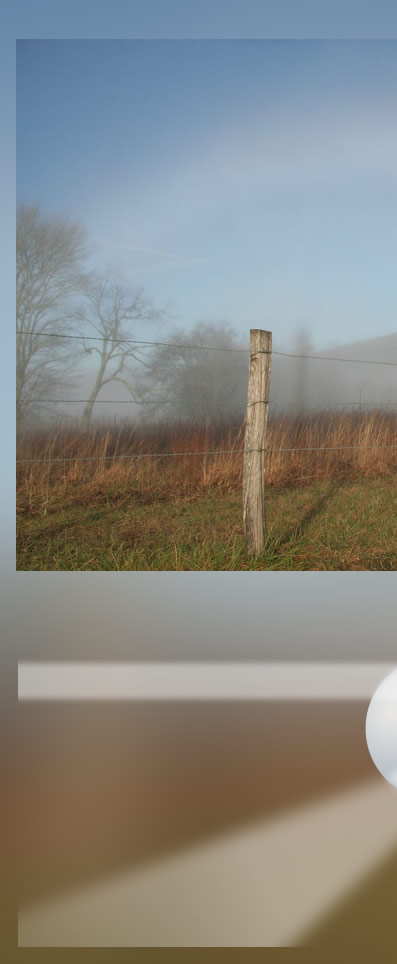 |
 |
 |
 |
Fogbows like rainbows are centered opposite the sun on the antisolar point. They are best searched for when the sun breaks through mist. With the sun at your back look at an angle of 35-40� from the shadow of your head. A little less than the width of two outstretched hands held at arm's lengths roughly gives the angle. Many fogbows have very low contrast so look for small brightenings in the misty background. Once caught, they are unmistakable. Fogbows form in the same way as rainbows. A small fraction of the light entering droplets is internally reflected once and then emerges to form a large circle opposite the sun. Beyond that there are major differences. Rainbows are formed by raindrops which are so large that rays passing through them follow well defined 'geometrical optics' paths. Fogbows are formed by much smaller droplets which diffract light extensively. The resulting bow is diffuse and broad. The emergent light is mostly deviated 135 to 150� from its incident direction to produce the main fogbow of 30 - 45� radius. The deviation corresponds roughly to the geometric optics angle of minimum deviation of ~138� for the 42� radius rainbow. |
 |
 |
 |
 |

| About - Submit | Optics Picture of the Day | Archive | Previous | Next | Today |